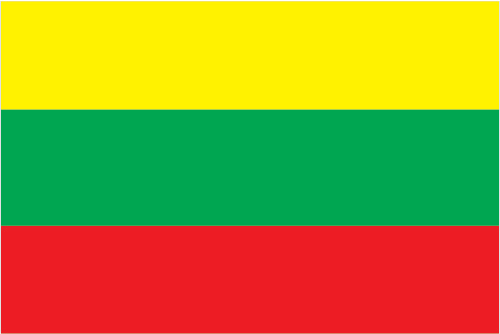
Lithuania gained membership in the World Trade Organization and joined the EU in May 2004. Despite its EU accession, Lithuania's trade with its Central and Eastern European neighbors, and Russia in particular, accounts for a significant share of total trade. Foreign investment and business support have helped in the transition from the old command economy to a market economy. The three former Soviet Baltic republics were among the hardest hit by the 2008-09 financial crisis. The government's efforts to attract foreign investment, to develop export markets, and to pursue broad economic reforms has been key to Lithuania's quick recovery from a deep recession, making Lithuania one of the fastest growing economies in the EU. Lithuania is committed to meeting the Maastricht criteria to join the euro zone, which the government expects to achieve by 2015. Under the Conservative Party's leadership, Lithuania raised the monthly minimum wage in January 2012 nearly 25% over 2011. In January 2013, the new Social Democrat-led government increased the minimum wage another 25% over January 2012. Despite government efforts, unemployment remains high.
$67.43 billion (2013 est.)
country comparison to the world: 86
$65.19 billion (2012 est.)
$62.92 billion (2011 est.)
3.4% (2013 est.)
country comparison to the world: 100
3.6% (2012 est.)
5.9% (2011 est.)
$22,600 (2013 est.)
country comparison to the world: 65
$21,700 (2012 est.)
$20,800 (2011 est.)
agriculture: 3.7%
industry: 28.3%
services: 68% (2013 est.)
4% (2008)
1.2% (2013 est.)
country comparison to the world: 32
3.1% (2012 est.)
1.452 million (2013 est.)
country comparison to the world: 131
agriculture: 7.9%
industry: 19.6%
services: 72.5% (2012 est.)
12.4% (2013 est.)
country comparison to the world: 126 13.2% (2012 est.)
metal-cutting machine tools, electric motors, television sets, refrigerators and freezers, petroleum refining, shipbuilding (small ships), furniture, textiles, food processing, fertilizers, agricultural machinery, optical equipment, electronic components,
2% (2013 est.)
country comparison to the world: 126